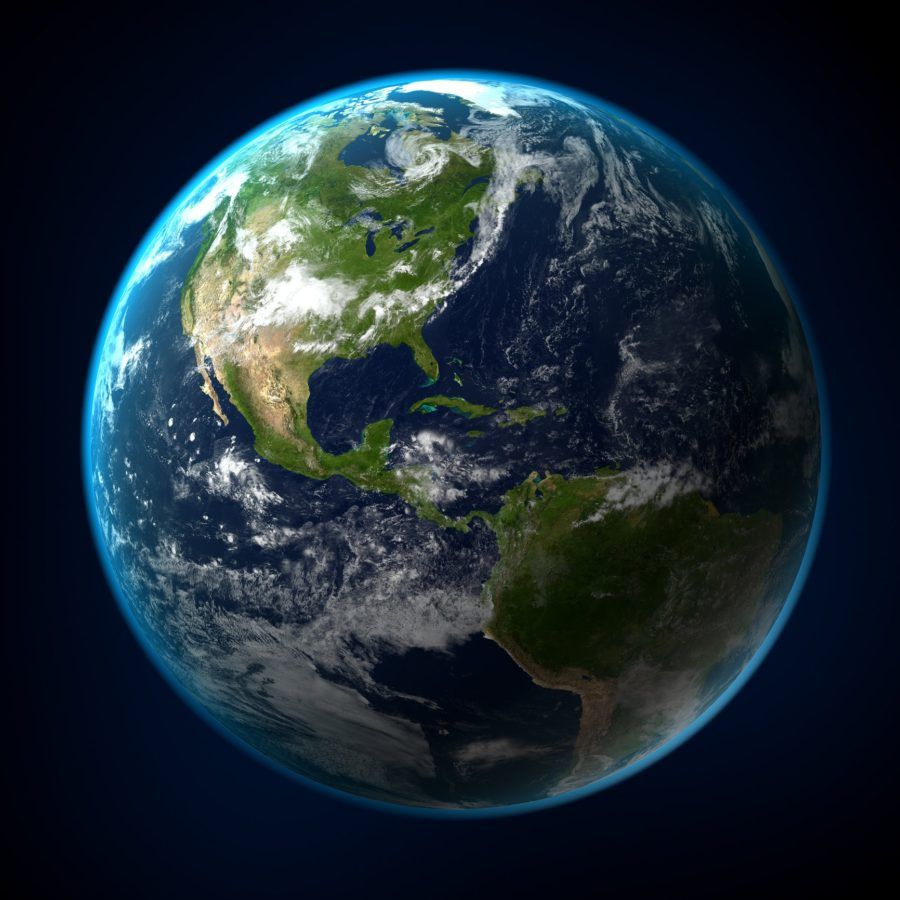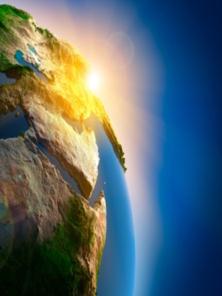
Science in the Glorious Quran: The Shape of the Earth
“أَلَمْ تَرَ أَنَّ اللَّهَ يُولِجُ اللَّيْلَ فِي النَّهَارِ وَيُولِجُ النَّهَارَ فِي اللَّيْلِ” (لقمان:29).
“Do not you see that God merges night into day and day into night?” (Qur’an, 31:29)
“يُكَوِّرُ اللَّيْلَ عَلَى النَّهَارِ وَيُكَوِّرُ النَّهَارَ عَلَى اللَّيْلِ” (الزمر:5).
“He wraps the night over the day and wraps the day over the night (kawwar).” (Qur’an, 39:5)
“وَالْأَرْضَ بَعْدَ ذَٰلِكَ دَحَاهَا” (النازعات:30).
“And the Earth, moreover, He has extended (to a wide expanse) [daha].” (Qur’an, 79:30)
A practical demonstration of the spherical shape of the Earth was demonstrated by Ferdinand Magellan and Juan Sebastián Elcanos in their expedition from 1519 to 1522, which resulted in the first circumnavigation of the Earth.
Merging in the first verse above and wrapping (coiling, or “kawwar” in Arabic) in the second verse means a gradual change of night and day and vice versa, which can only take place if the Earth is spherical. In the third verse, “daha” means the Earth is extended (to a wide expanse) which would not take place unless the shape of the Earth is spherical.

The merging of the day and the night suggests a spherical shape for the Earth.

